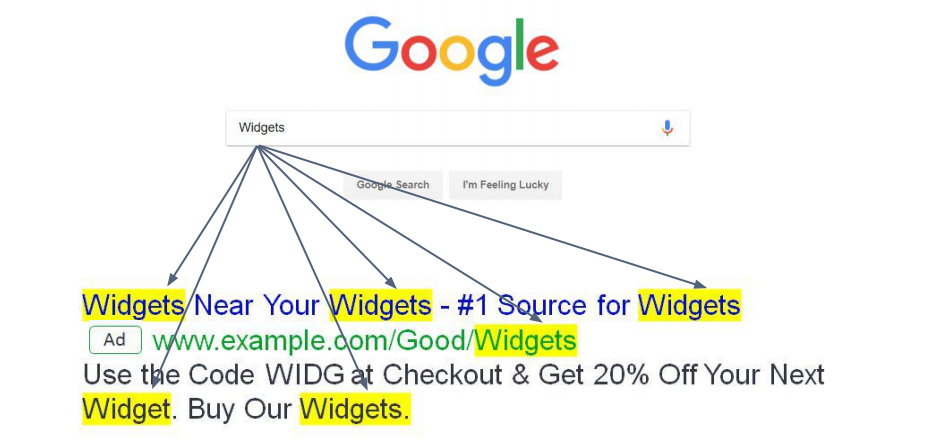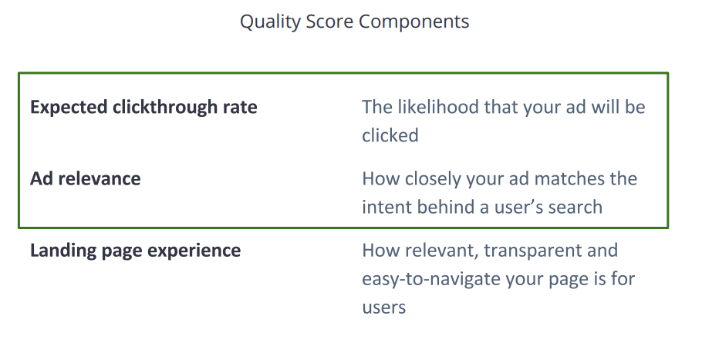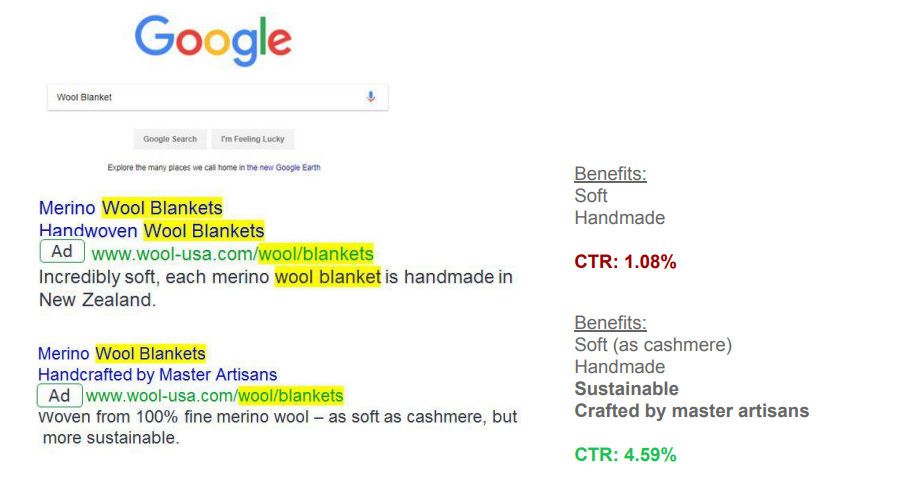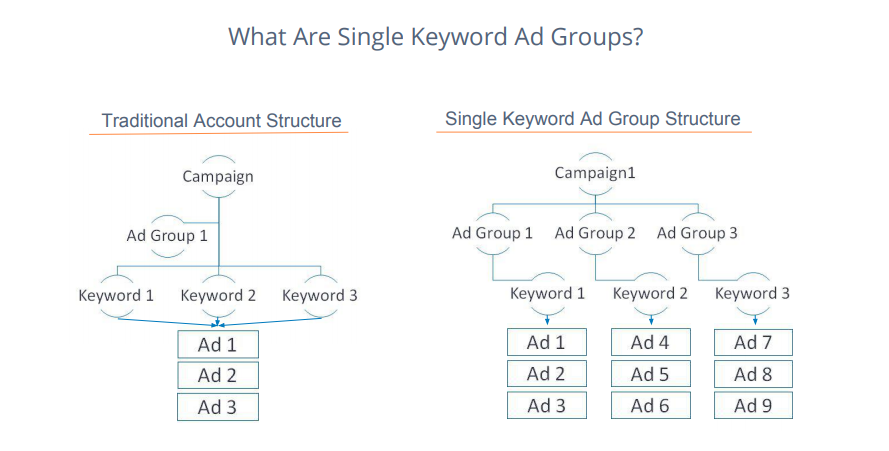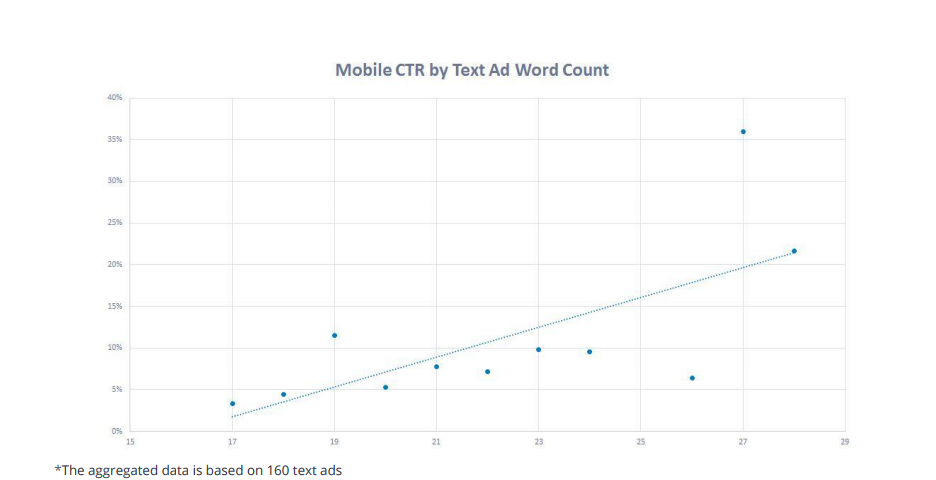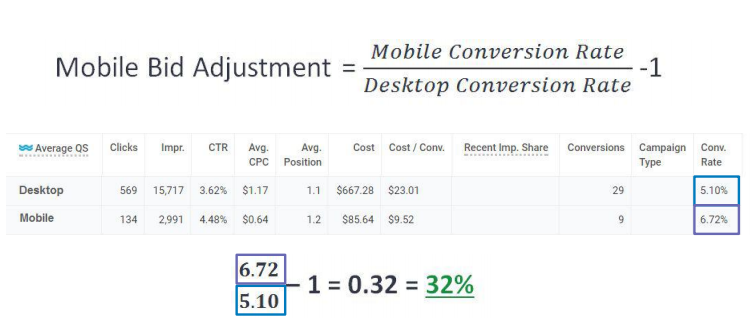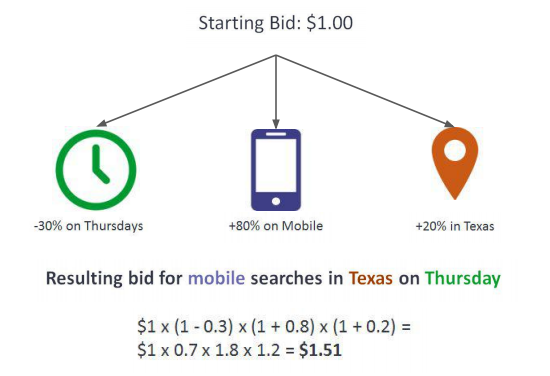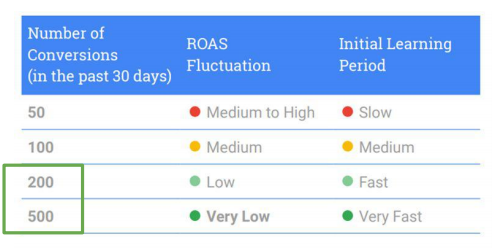Search Marketing Hacks & Strategies That Are SO #FakeNews
A Guide to Evolving with Google’s Search Marketing Updates: Part 2
Speaker: Zina Kayyali – Director of Customer Programs at Wordstream
We all know that the online marketing world moves at a lightspeed pace. Remaining static with strategies that are dwindling in performance or never worked in the first place is not an option. Similar to what we see in nature – the strongest survive by adapting to their environment and those who do not adapt and evolve don’t survive long. To get to and stay at the top of the search marketing food chain, understand how search marketing has changed for you and determine how best to adapt to those changes. Determining which strategies to continue using and which ones are #FakeNews (as speaker Zina put it) is the first step in adapting to your new search environment, so let’s go over some strategies that you probably want to avoid.
1. Why the Case for Keyword Stuffing is Fake News
Digital experiences across the marketing landscape are becoming more human with advances in machine learning. Google’s search algorithm is no exception. By better understanding the intention behind what users are typing into the search field, Google can decipher synonyms and complex combinations (long tail keywords) better than ever before. The concept behind Keyword Stuffing is simply putting the keyword in your ad as much as possible, with the logic being that including the keyword as many times as possible in the ad means a higher CTR, better ad relevance and ultimately better Quality Scores.
As you can see in the keyword stuffing example on the right, the word “widget” appears in the ad 6 times, which in the old days of search marketing this may have made sense, but not anymore. The main components of the Quality Score impacted by ad copy are expected click through rate (likelihood your ad will be clicked) and ad relevance (how closely your ad matches the intent behind a user’s search).
The issue with keyword stuffing is that it does not actually make your ad more relevant to the intent of the user’s search. Wordstream analyzed tons of ads and found that the best performing ads shared two common characteristics: they had lexical diversity (the proportion of unique words in a given ad) and the keyword did not appear in the ad more than 2 times.
As you can see from the test Wordstream ran, the bottom ad performed much better because it had lexical diversity and appealed to the user’s intent instead of the keyword, which led to better ad relevance.
2. Why Single Keyword Ad Groups (SKAGs) Never Worked
What are Single Keyword Ad Groups (SKAGs)? SKAGs account structure contains ad groups with only 1 keyword and ads that are specific to that keyword, as opposed to a traditional account structure that has multiple keywords in the ad group that all share a few ads.
The argument for SKAGs is that only having one keyword in the ad group allows you to make every ad extremely relevant, because you only having that single keyword to include in each ad instead of trying to write an ad that is relevant for multiple keywords. This would in theory improve ad relevance, with better keyword-to-ad matches CTRs will go up and ultimately Quality Scores will improve. Sounds like it would make sense, right? Well to see why this strategy doesn’t work we need to go back to user intent and how Quality Score is impacted by this strategy.
In reality, the goal of improving ad relevance and ultimately Quality Score by having each ad contain the only keyword in that ad group does not necessarily improve ad relevance. As we saw with keyword stuffing, ad relevance is about capturing the user’s intent and not just putting the keyword in the ad – since SKAGs do not actually address the user’s intent it will not improve ad relevance. To address user’s intent, you need to match the searcher’s intent to your ad and you ad needs to match your landing page. Changes to Exact Matching have also made it easier to match user’s intent because “whether someone is searching for running shoes or shoes for running, what they want remains the same”. Thus, it wouldn’t make sense to make an ad group for each of those keywords since they share the same intent in Google’s eyes. So instead of thinking Single Keyword Ad Groups, think Single Minded Ad Groups with ads that address the user’s search intent and landing pages that match the concept. This will lead to increased ad relevance and a better Quality Score.
3. Stop Treating your Customers Like they’re Gold Fish – Optimizing for Mobile
The premise behind this strategy goes back to the concept that humans have the attention span of goldfish and as technology gives us the ability to hop on the internet any time we want our attention spans are getting shorter and shorter. Contrary to this popular thought, it’s not our attention spans that are shrinking, it’s that the inputs and content we consume are being held to a higher standard leading to more competition for people’s attention. As advertisers, we are so conditioned to optimize for short attention spans that we fall into the following bad mobile practices:
- Using short tail keywords
- Making sure headlines are short and concise
- Being clear instead of clever
The issue here is that we assume most mobile searches happen when people are distracted while users browse during a hectic ride home.
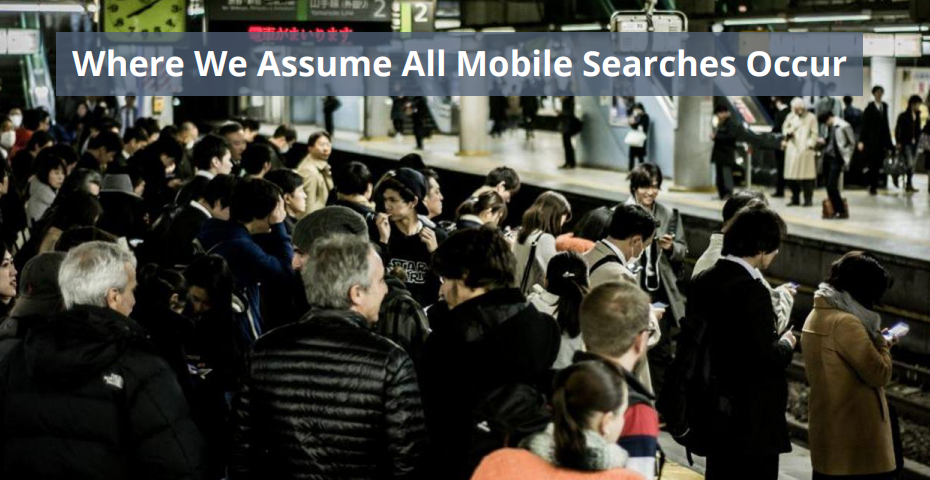
When in reality 60% of mobile usage occurs at home when users are not distracted at all, and are primed to give their attention.
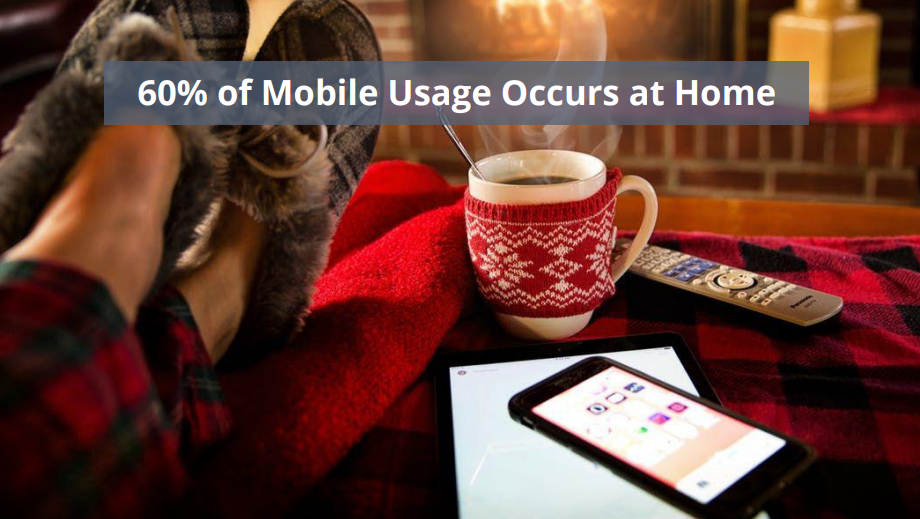
Don’t be afraid to use long tail keywords, according to Wordstream, mobile searches with the word “best” have grown over 80% and keywords like “best running shoes for flat feet” or “best shoes for trail running” can drive results on mobile. Along the same lines, don’t be afraid to use longer ad copy. As you can see from the chart below – Wordsteam found that the longer the ad was the better the ad’s CTR.
Ad extensions are also a great way to improve your success on mobile. Wordsteam found that Price Extensions (generating a CTR of 10%) and Site Links did much better on mobile than standard text ads.
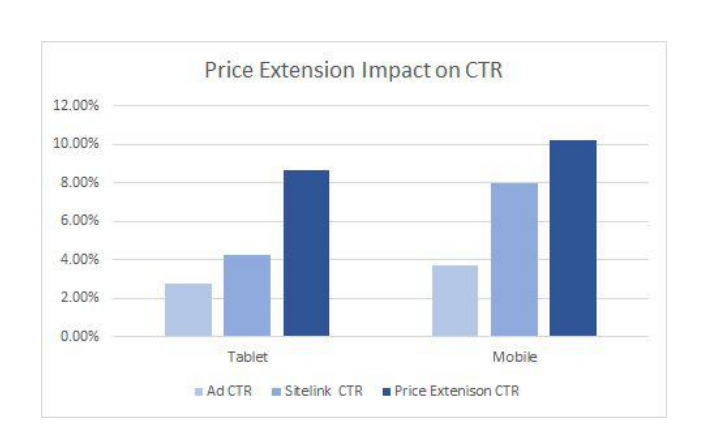
In another study, Call Extension and Message Extension also performed better than standard text ads, so there is definitely something to be said about testing those strategies out.
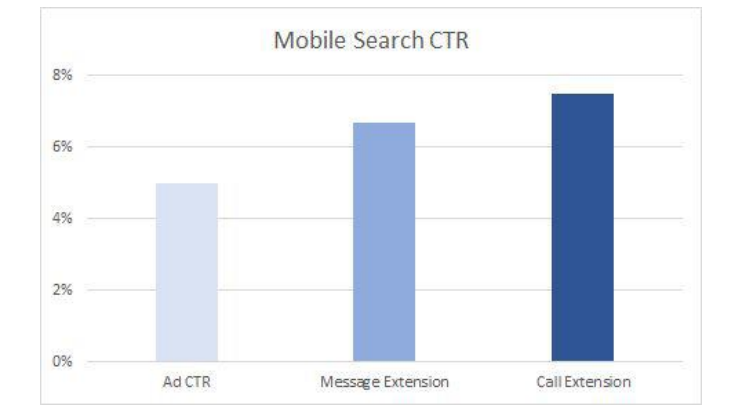
Surviving in search marketing today means adapting to how consumers behave online, and in short that means giving mobile another chance. To not only survive but THRIVE, it’s crucial to create a customer journey that not only adapts to, but embraces a great mobile experience and bid adjustments that support those efforts. Implementing mobile bid adjustments based on your desktop and mobile conversion rates, is the best way to support that incredible mobile experience. Follow the formula below to determine what your mobile bid adjustment needs to be.
If your customer’s experience on mobile is top notch and your conversion rates reflect that, then the formula will end up yielding a positive percentage to bid up and increase traffic on mobile (as you see above). If you are still working on your mobile experience or you’re in an industry that doesn’t use mobile, you will most likely see low conversion rates for mobile and will end up getting a negative percentage to bid down and decrease traffic on mobile.
4. Don’t Fear Automated Bidding Strategies, Embrace Machine Learning
In my experience the fear of using automated bidding strategies has always come from the fact that one is giving up control over an account to Google’s algorithm. That, coupled with the nightmarish scenarios floating around where some automated campaigns generated Avg. CPCs of $300+ a click, made many cautious of automated bidding. On the other side of the coin, manual bidding has some significant issues that make it hard to argue against automated bidding. The image below shows a bid adjustment for a mobile search in Texas, on a Thursday. As you can imagine accounting for device, location and time bid adjustments and then scheduling those bids manually can be complex to say the least. If you’re managing a large account it can be close to impossible.
Giving up control for the ability to analyze data and implement bid adjustments that would have been difficult to see and adjust for manually can be an extremely powerful tool if you understand when to use it. More data means better machine learning. Better machine learning means accurate bid adjustments. Accurate bid adjustments mean less fluctuations in results and lower cost conversions. Accounts just starting out or that lack data due to low conversion numbers will see major fluctuations for an extended period of time because the learning period will take much longer to complete with no data to work with. Accounts that are spending low amounts every month or that do not generate a lot of conversions should be cautious of using automated bidding, because it can lead to the nightmare $300 CPC scenario. On the other hand, if your account generates a statistically significant amount of conversions and impressions then using one of these conversion focused bid strategies makes sense.The automated strategies that focus on conversions are: Target CPA, Target ROAS, Maximize Conversions and Enhanced CPC.
Target CPA automatically finds the optimal CPC bids to achieve an average CPA equal to you target across all ad groups. Only use this strategy if your account is generating between 100 and 500 conversions in a 30 day time frame.
Target ROAS automatically finds optimal CPC bids using conversion values that you set up to get more revenue at the target return-on-ad-spend you set up. This strategy needs more data to perform properly, so only use this strategy if your account is generating between 200 and 500 conversions in a 30 day time frame.
Maximize Conversions automatically finds optimal CPC bids to pull in the most conversions within your daily budget. Do not use this strategy if you are budget constrained or worried about meeting a certain CPA or ROAS goal. This is ideal if you are not budget constrained and are not worried about meeting CPA or ROAS goals, but rather have the goal of generating the most amount of conversions regardless of the cost it takes to generate that conversion.
The last and most utilized is Enhanced CPC. This raises or lowers max CPC based on the likelihood of conversions using all signals, but you must set up preliminary bids and adjust device bid modifiers. This strategy can be used by almost everyone and is a fantastic way to optimize for conversions, albeit not to the extent of the other three strategies – specifically when you’re generating less than 100 conversions a month. Since this is a strategy that is applicable in a lot of scenarios, it’s important to look at the pros and cons with this strategy – please see below.
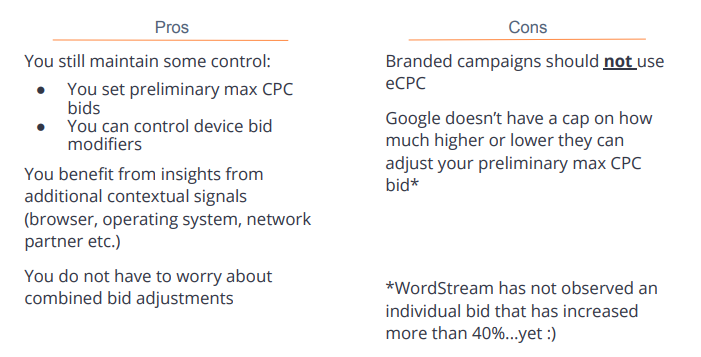
Understanding which automated strategies work best in certain situations and when to implement them is crucial to taking advantage of the time saving ability and “efficiency machine” that is automated bidding. With that said it’s important to avoid getting comfortable using a certain type of automated bidding strategy that has shown promise and becoming stagnant. The only way to see if another automated strategy is will generate better results is to test. So always be testing!!

